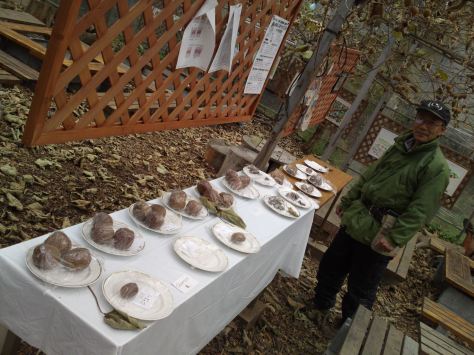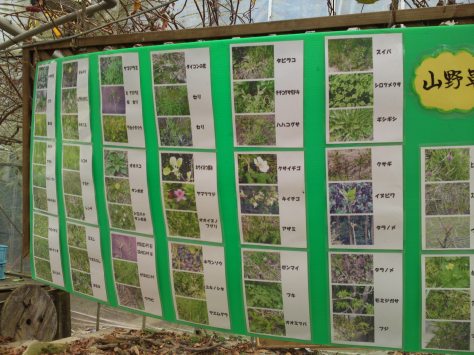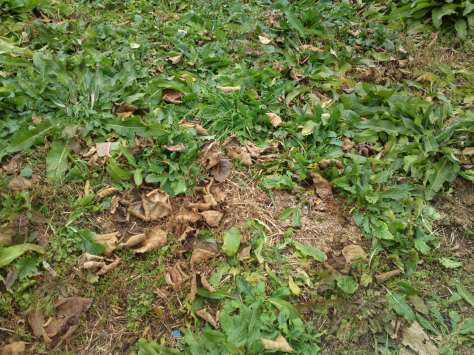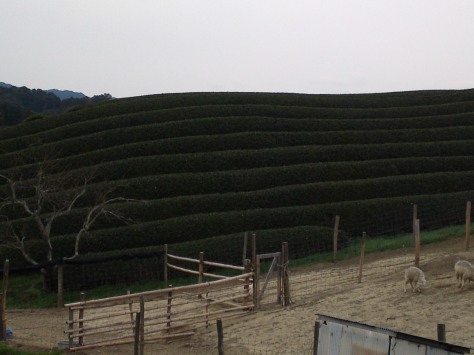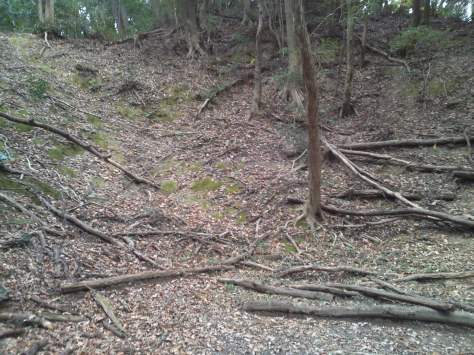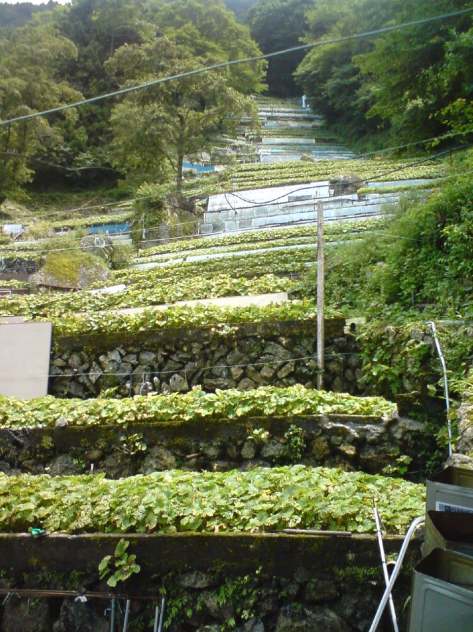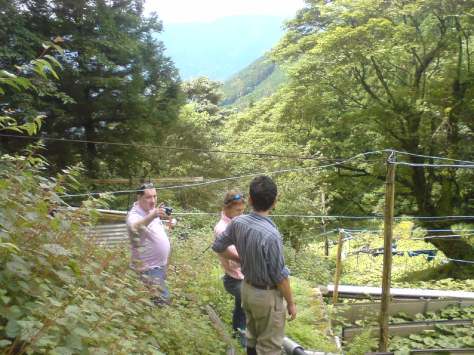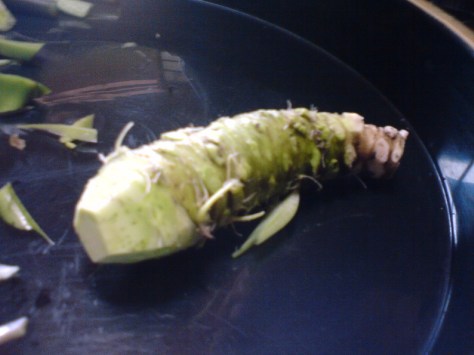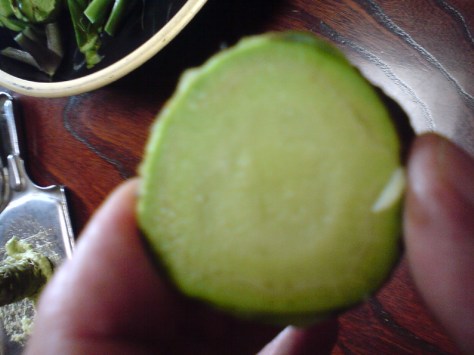Healthy Oranges in a Healthy Environment!
Last Monday I somehow managed to get a full day free (and I certainly needed the whole of it!). My good friend Yasushi Imaizumi/今泉康 drove me on a grand tour of the Eastern part of Shizuoka Prefecture.
Our destination was a remote place deep south the eastern coast of Izu Peninsula.
The day was just gorgeous!
Absolutely blue skies and mild temperatures.
We just couldn’t help taking pictures of snow-capped Mount Fuji on the way!
It took us (Yasushi) three hours to drive down to Shirata/白田, near the minuscule fishing harbor of Inatori/稲取, in Kamo Gun/賀茂郡, only a short distance from Shimoda City/下田市.
There, we discovered the oranges orchard of the Shiratori Family with an incredible view over the ocean. By clear weather you can see as far as Oshima/大島 Island!
Miyoko Shiratori/白鳥美代子, a live-in student, her daughter-in-law, Hiroko/弘子, her son, Takehisa/岳寿 and her husband, Ryuusaku/龍作.
Mr. Ryuusaku Shiratori/白鳥龍作 (82), was a seventh generation of growers of rice, tea, oranges and wasabi back in Shizuoka City until he decided to move there 40 years ago to become the first of three generations of orange growers.
This must have been the right choice as he and his wife Miyoko/美代子 could pose in any magazines as models of incredibly healthy longevity!
Having bought those 2 ha of steep terrain, he had it buldozzed into shelves within three days!
I can tell you that you need good feet and good eyes to move through the orchard!
He has never looked back since then!
He is presently helped by his son Takehisa/岳寿 (54), his daughter-in-law, Hiroko/弘子 (49) and his grandson Tatsumi/達巳 (26). They also get the very much needed hands of a live-in student from Shizuoka City.
Ryuusaku Shiratori demonstrating cuttings to my friend Yasushi.
They do grow many varieties of oranges and one of them, a hybrid developed by Ryuusaku, Shiratori Hyuuga/白鳥日向 (developed from Hyuuga Natsu/日向夏 from Miyazaki Prefecture in Kyushu Island) has been registered with the Japanese Agriculture & Forestry Ministry!
Actually, he is quite well-known as no later than a week before a whole Tokyo HHK TV crew of 10 staff and 2 cameras spent a whole day there!
These Hyuuga Shiratori oranges are carefully pruned away to leave only the best fruit which are wrapped in paper for better fruition!
Another view of the trees!
The wrapping takes days and days!
40-years old trees! They can be harvested until the grand age of 60 years!
Trees are propagated with cuttings planted directly into the soil.
These new trees will be completely pruned for 4~5 years before harvesting the first oranges.
100% organic culture is impossible, but the Shiratoris reckon that their orchard is more than 90% organic. The second and third generations have actually been awarded the title of Ecofarmers by the Government!
Fertilizer is practically organic. You understand it when you see the beautiful grass growing between the trees.
As for pests, they use the very minimum of pesticides and introduce natural enemies of such pests such as ladybugs and other carnivorous insects!
Pollination is done either by hand, with the help of the wind, or with rented bees!
Their Shiratori Hyuuga oranges, although seedless and full of juice, will take two more months to mature to a tasty and sweet juice.
New Summer Oranges (will be mature in May!)
As I said, they grow many varieties to organize a constant harvest and delivery.
Among them Haruka/晴香, Ponkan/ポンカン, and New Summer Oranges are extremely popular.
Ponkan ready for harvest and delivery!
They do grow and experiment with other fruit such as loquats/biwa/琵琶!
Although great exposure to the sun and big differences of temperature between day and night are welcome, the wind isn’t!
To fend off the wind, Ryuusaku planted hedges of camelias/tusbaki/椿.
He likes them so much that he made a point to plant as many varieties as possible. He invited me to admire them next February!
They do also grow a lot of their own food, such as these shiitake mushrooms and string beans I was offered to take back home with a whole bunch of ponkan!
Since I have to make at least two more trips expect more pics and explanations!
Shiratori Orchard/白鳥農園
413-0304 Shizuoka Ken, Kamo Gun, Higashi izu Cho, Shirata, 1742
413-0304 静岡県賀茂郡東伊豆町白田1742
Tel./Fax: 0557-95-2083
Mobile phone: 090-7025-6659
Check their HOMEPAGE for orange varieties, prices and orders!
RECOMMENDED RELATED WEBSITES
Mummy I Can Cook! by Shu Han in London
Pierre.Cuisine, Francescannotwrite, My White Kitchen, 47 Japanese Farms Through The Eyes of Its Rural Communities, Foodhoe, Chucks Eats, Things that Fizz & Stuff, Five Euro Food by Charles,Red Shallot Kitchen by Priscilla,With a Glass, Nami | Just One Cookbook, Peach Farm Studio, Clumsyfingers by Xethia, PepperBento,Adventures in Bento Making, American Bent, Beanbento, Bento No, Bento Wo Tsukurimashou, Cooking Cute, Eula, Hapabento , Happy Bento, Jacki’s Bento Blog, Kitchen Cow, Leggo My Obento, Le Petit Journal Bento & CO (French), Lunch In A Box,
Susan at Arkonlite, Vegan Lunch Box; Tokyo Tom Baker, Daily Food Porn/Osaka, Only Nature Food Porn, Happy Little Bento, The Herbed Kitchen, J-Mama’s Kitchen, Cook, Eat, Play, Repeat, Bento Lunch Blog (German), Adventures In Bento, Anna The Red’s Bento Factory, Cooking Cute, Timeless Gourmet, Bento Bug, Ideal Meal, Bentosaurus, Mr. Foodie (London/UK), Ohayo Bento,
Must-see tasting websites:
-Sake: Tokyo Through The Drinking Glass, Tokyo Foodcast, Urban Sake, Sake World
-Wine: Palate To Pen, Warren Bobrow, Cellar Tours, Ancient Fire Wines Blog
-Beer: Good Beer & Country Boys, Another Pint, Please!
-Japanese Pottery to enjoy your favourite drinks: Yellin Yakimono Gallery
































